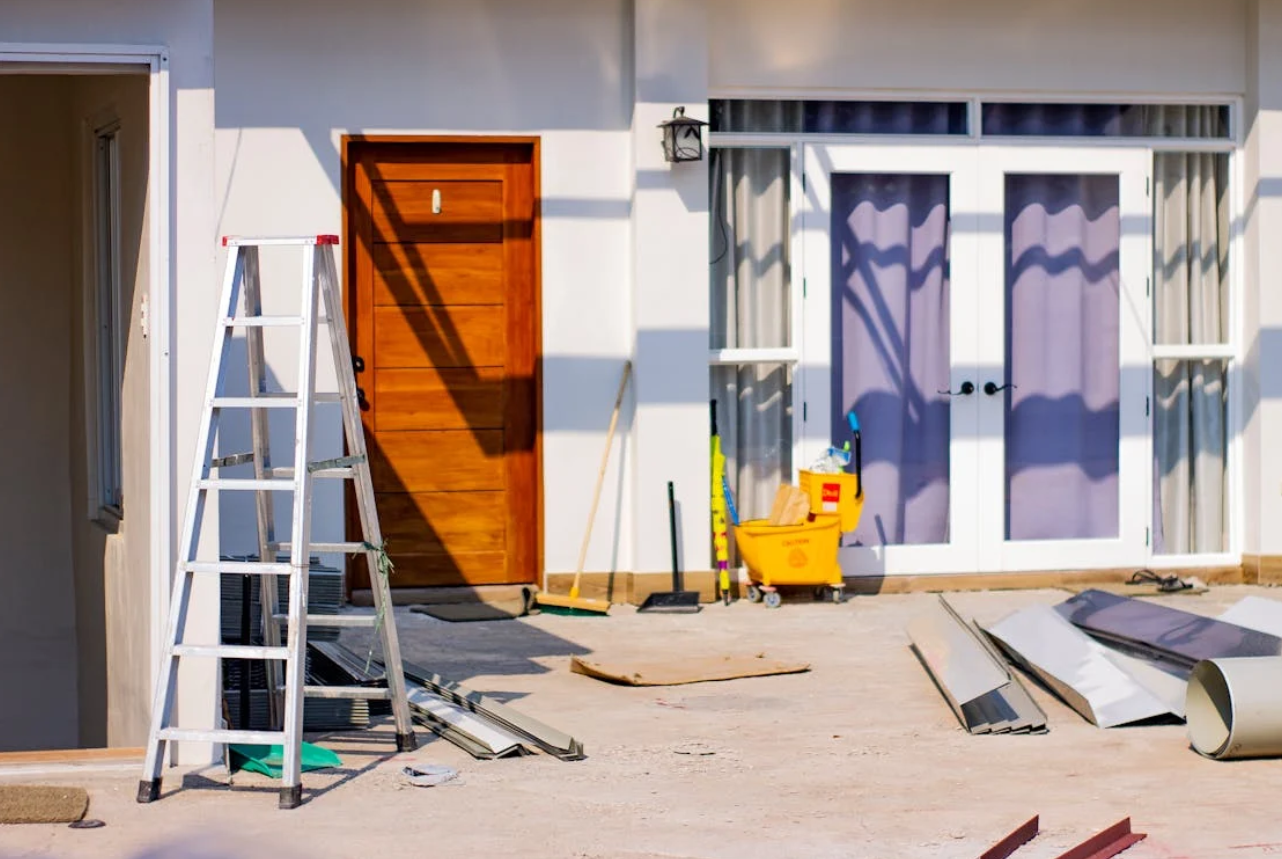
Cyclones can cause significant damage to homes, particularly to their exteriors. From roofs and windows to landscaping and basements, the destruction can be overwhelming. However, with a well-planned approach and swift action, homeowners can restore their properties to their pre-storm condition.
According to the EPA, cyclones include hurricanes, tropical storms, and other intense rotating storms, and they fall into two primary categories: tropical and extratropical. Since 1878, six to seven hurricanes have formed annually in the North Atlantic, with roughly two making landfall in the United States.
Alarmingly, cyclone intensity has increased over the past three decades, with eight of the ten most active years recorded since the mid-1990s.
This article highlights essential steps for restoring your home’s exterior after cyclone damage, ensuring safety and improving curb appeal.
The National Centers for Environmental Information reports that tropical cyclones have inflicted the most severe economic damage from 1980 to 2024, totaling $1,427.2 billion. This results in an average cost of $22.3 billion per event. Given these staggering figures, thorough damage assessment is crucial for effective restoration.
Begin by conducting a comprehensive inspection of your property. Focus initially on the roof, checking for missing or damaged shingles, potential leaks, and structural compromises. Examine all windows and doors for cracks, breaks, or frame damage. Pay special attention to the foundation for any signs of shifting or cracking.
Document everything meticulously with dated photographs and detailed notes, capturing both close-up and wide-angle shots. This documentation is essential for insurance claims and will help contractors understand the full scope of necessary repairs.
Safety is paramount when addressing cyclone damage. Before entering your property, evaluate structural stability and watch for immediate hazards like exposed electrical wires, gas leaks, or compromised support structures.
After ensuring personal safety, you can contact FEMA to initiate the disaster assistance process. FEMA requires verification of disaster-caused damage through either onsite or remote inspection to determine available federal assistance options.
However, you must remain accessible. If FEMA cannot contact you to verify damage, they'll send a notification letter and your application will be suspended until you contact their Helpline.
Avoid creating multiple applications, as this can delay the process. Monitor your application status and view FEMA correspondence through your DisasterAssistance.gov account. If professional assessment indicates significant structural damage, wait for expert clearance before proceeding with any repairs or cleanup efforts.
After assessing cyclone damage, promptly contact your insurance company with detailed documentation. However, understanding your coverage before disaster strikes is crucial.
According to Investopedia, necessary coverage largely depends on your location's specific risks, such as hurricanes, tornadoes, or floods. Standard homeowners' insurance often doesn't cover flood damage, making additional protection essential for high-risk areas.
For flood-prone regions, coverage through the National Flood Insurance Program (NFIP) is vital. This federal program exists because flood risks typically exceed what commercial carriers will cover. When reporting damage, provide your insurer with comprehensive documentation including photographs, videos, and detailed notes of all affected areas.
Restoration after cyclone damage often requires specialized skills. Hire qualified professionals like contractors, roofers, and electricians with experience in storm-related repairs.
In regions like Western Washington, which recently experienced heavy rain due to a bomb cyclone, skilled experts are essential for assessing and repairing damage. The cyclone knocked out power for at least 450,000 people and affected areas like Shoreline and South Seattle.
After assessing the damage and consulting with professionals, it's time to begin repairs, prioritizing structural issues. Start with roof repairs by replacing damaged shingles or tiles to prevent leaks. If the damage is severe, consider a complete roof replacement.
Next, focus on window and door replacement. Install new ones if they are broken, opting for impact-resistant options for better protection against future storms. Finally, address siding repair by fixing or replacing damaged siding to ensure proper insulation and enhance your home’s curb appeal.
Once structural repairs are complete, it's time to focus on aesthetics, and painting plays a crucial role in restoring your home’s exterior. For example, in areas affected by a bomb cyclone, professional painters can be a game-changer.
Hiring expert painters in Shoreline is also vital due to the area’s proximity to Puget Sound, where extreme weather conditions can be more prevalent.
According to EA Pro Painters, Shoreline’s unique climate requires specialized knowledge to ensure lasting results. Choosing a team familiar with these challenges will protect your home and enhance its curb appeal after the damage.
Cyclones can severely damage landscaping, so it’s essential to assess your yard for fallen trees and debris that may pose safety risks. Begin by removing any hazardous materials and dead plants. Restore your garden by replanting or reseeding healthy plants as needed. Consider incorporating native plants that are more resilient to local weather conditions, as they can provide better protection against future storms.
The time needed to restore a home after cyclone damage can vary greatly. Minor repairs might be finished within a few weeks, whereas significant damage could require several months of work. To establish a realistic timeline, homeowners should arrange for professional assessments and consider the availability of skilled contractors.
Homeowner's insurance may cover cyclone damage, depending on your policy. Typically, standard policies cover wind damage, but flood damage may require additional flood insurance. It's essential to review your policy and consult with your insurer to understand the specifics of coverage for cyclone-related damage.
Address mold growth promptly following a cyclone. For small areas, cleaning with soap and water or a mold-killing solution can be effective. However, extensive mold infestations should be handled by professionals to ensure safe removal and to address the root cause of moisture.
Restoring your home’s exterior after cyclone damage is a multifaceted process that requires careful planning and execution. By assessing the damage, prioritizing safety, and hiring qualified professionals, you can effectively restore your home.
Timely action is essential. Taking care of repairs promptly helps safeguard your investment and ensures a safe and secure living environment for your family.